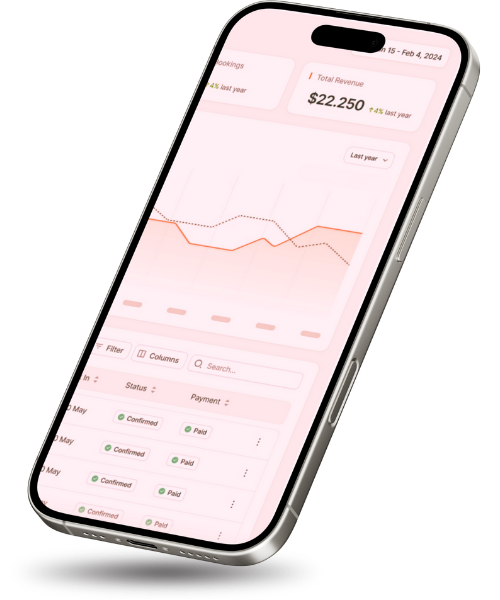Price Lining
What is the meaning / definition of Price Lining in the hospitality industry?
The term Price Lining, is used to describe a marketing/ pricing strategy, whereby a business prices its products according to quality, features and attributes in order to differentiate them from similar products. By doing so the company makes the distinction of quality for customers more visible. Important for this is that the price, varies enough to signal the difference – as if its kept on a similar level it can cause more confusion than assistance in purchasing decisions. This pricing strategy allows businesses to sell similar products with slight differentiation to different segments, with different budgets. Thereby the company is able to target a broader range of customers, thereby increasing sales and not missing out on customer segments.
Having such a pricing strategy in place increases the appearance of affordability and allows customers to stay with one brand with their purchasing decision, not having to make price the distinguishing factor for choosing between brands. Therefore price lining makes shopping easier for customers – as they can clearly distinguish quality differences without assistance from store managers/ employees. Price lining may apply to your Revenue Management strategy.
The disadvantage of price lining is that it also puts cost as the key driver of purchasing decisions.
And while price lining can be profitable, it relies on a number of factors and is therefore not suitable for every product/ service.
See also:
Synonyms
- Product line pricing
* Hotel Terminology Glossary by Xotels Revenue Management Consulting

Share This Story, Choose Your Platform!

About the Author:
As CEO and Founder of XOTELS, Patrick Landman has made it his mission to turn hotels and resorts into local market leaders. XOTELS´ diverse expertise and deep-knowledge across revenue management consulting, hotel management, and hotel consulting, enables us to drive results for independent boutique hotels, luxury resorts, and innovative lodging concepts. Below you will find opinion articles written by Patrick Landman.


